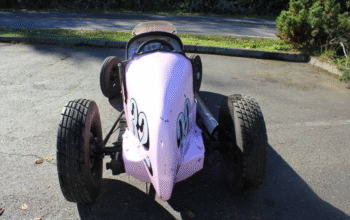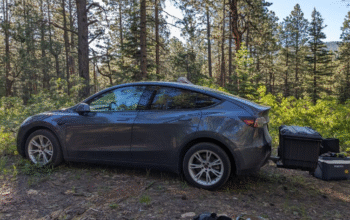Fixing a Car That Stalls at Stop Signs – Simple Solutions. Picture this: you’re gracefully cruising down your street, when you pull up to a stop sign, and suddenly your vehicle starts sputtering, followed by dying out on you. Incredibly frustrating, isn’t it? A vhicle that stalls at stop signs or traffic signals, certainly is inconvenient, but it can also be indicative of a more serious mechanical or sensor issue that could develop further if not addressed.
On a positive note, many reasons for stalling at stop sites are fairly insignificant and can often be addressed at home or through routine vehicle maintenance. A few moments reviewing the most cmmon causes of stalling at stop signs can put you on the path to stopping your feared stops, and if problems persist, we can discuss actionable advice to sort out the sitation instead of worrying that every time you slow down your vehicle will die.
Why Does a Car Stall at Stop Signs?
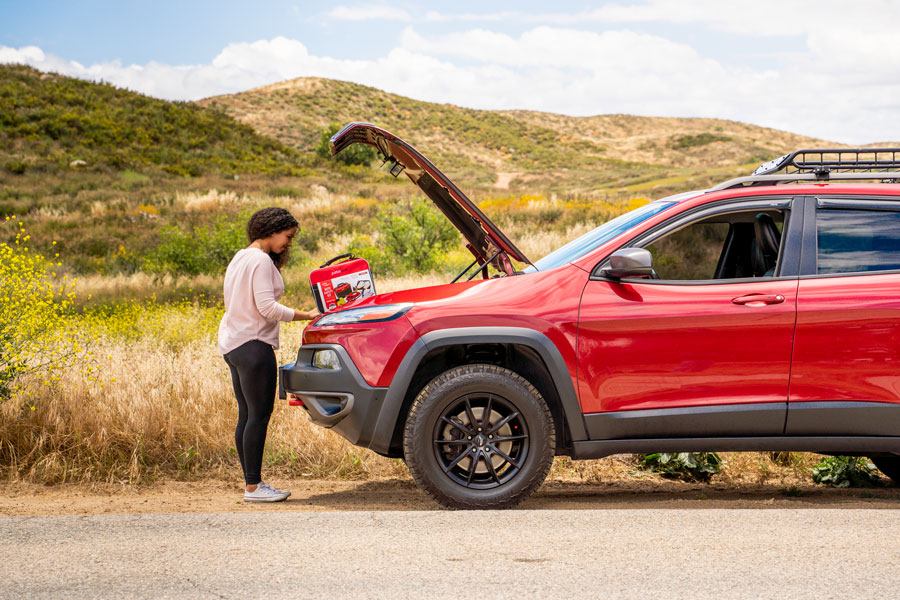
When a car stalls at low speeds or while idling – for instance, when you’re cruising up to a stop sign – it is mostly due to an imbalance in the air-fuel mixture, a faulty sensor, or poor combustion efficiency. When the engine is running at low RPMs, it is more susceptible to small malfunctions. Here are the more common causes:
- Dirty or faulty idle air control valve (IAC)
- Vacuum leaks
- Bad spark plugs or ignition system issues
- Fuel delivery problems
- Clogged fuel injectors
- Faulty mass airflow sensor (MAF)
- Weak battery or charging system issues
- Transmission or torque converter problems (in automatic cars)
Now, let’s walk through the most likely issues and the simplest ways to identify and fix them.
Check the Idle Air Control Valve (IAC)

The idle air control valve regulates your car’s idle speed. If the valve gets blocked or stuck, your engine might not be able to get the proper amount of air when it stps, which can result in a stall.
Symptoms of a bad IAC include:
- Engine stalling at stops
- Fluctuating or rough idle RPMs
- No check engine light in some cases
Solution:
- Locate the IAC valve near the throttle body.
- Remove and inspect it for carbon buildup.
- Clean it using throttle body or carburetor cleaner.
- Reinstall it carefully, ensuring no loose connections.
If clening doesn’t help, consider replacing the IAC valve. It’s generally inexpensive and can be changed with basic tools.
Inspect for Vacuum Leaks

Your vehicle’s engine vacuum controls the engine’s operation. Any vacuum leak allows unmetered air into the engine, disrupting the air-fuel measurement, and ultimately the engine could stall, especially at idle.
Signs of a vacuum leak include:
- Hissing sounds from the engine bay
- Rough idle
- Higher or inconsistent RPMs
- Poor fuel economy
Solution:
- Visually inspect all vacuum hoses for cracks, disconnections, or dry rot.
- Use a can of carb cleaner or starter fluid and gently spray around the intake manifold and vacuum hoses with the engine running. If the RPM changes, you’ve found the leak.
- Replace any damaged hoses with the correct diameter and length.
Replace Worn or Fouled Spark Plugs
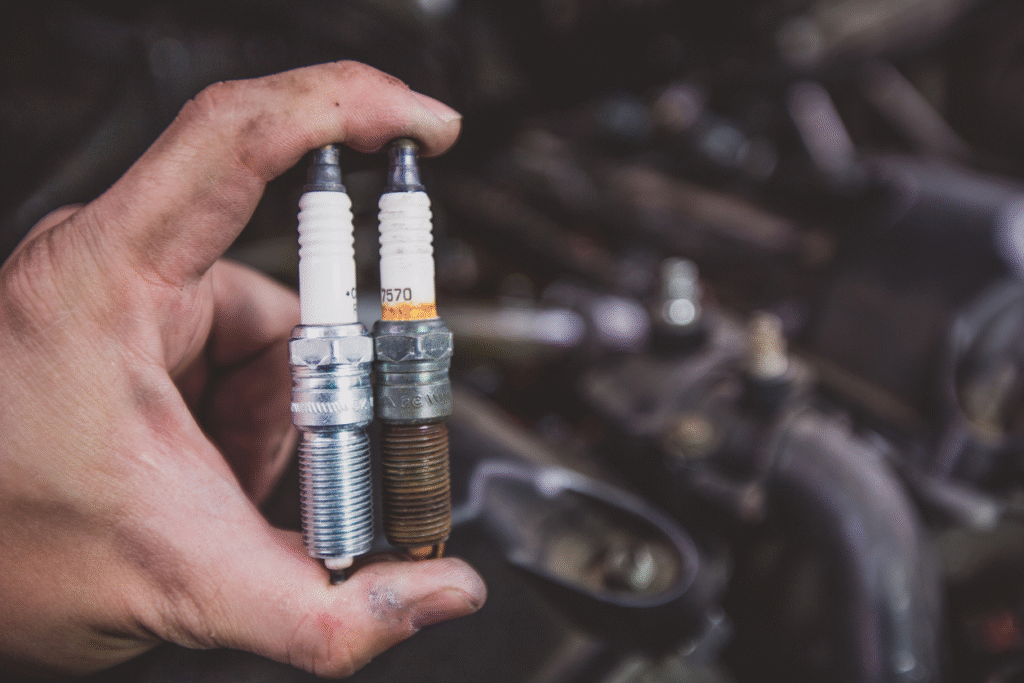
Spark plugs are essential because they ignite the air-fuel mixture in your engine. When they are dirty, fouled, or worn out, they can cause misfires, or inconsistent combustion — which can cause stalls when idling or coming to a stop.
Symptoms of bad spark plugs include:
- Hard starting
- Rough idle
- Engine hesitation or stalling
- Reduced fuel efficiency
Solution:
- Remove and inspect the spark plugs.
- If they are dirty, clean them with a wire brush (if reusable).
- If they are damaged, worn, or fouled, replace them with new ones.
- Make sure to gap them correctly according to your vehicle’s specifications.
Check the Mass Air Flow (MAF) Sensor
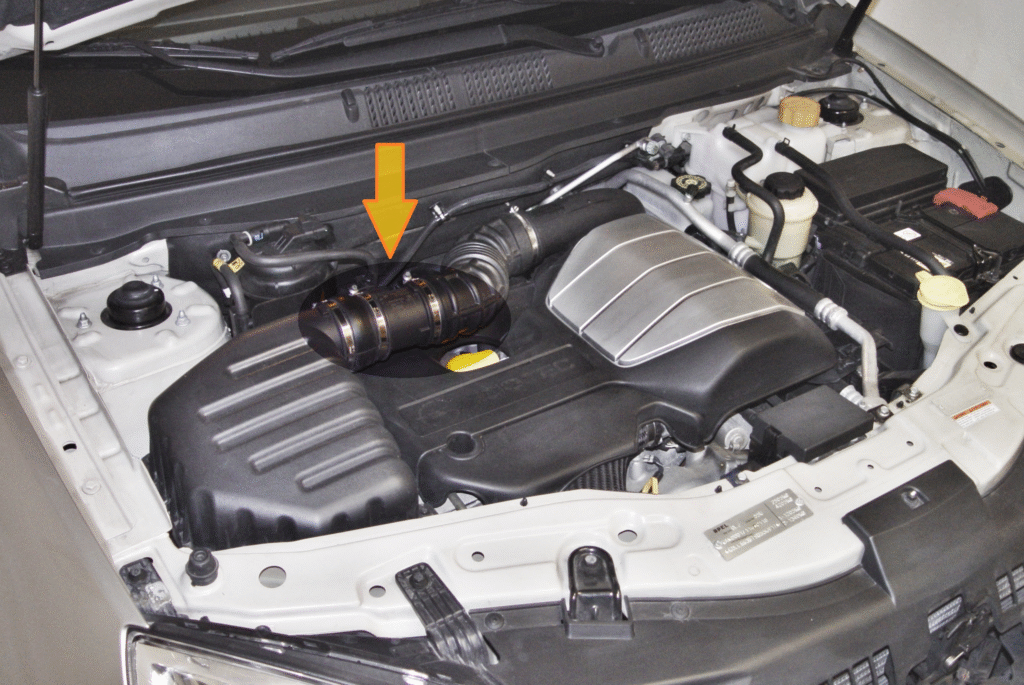
The MAF sensor gauges the amount of air that enters your engine, from there it will calibrate the fuel delivery to the engine. If the MAF sensor is dirty or faulty, it can send erroneous data to the engine control unit (ECU) where it can cause a rough idle or stalling.
Symptoms of a failing MAF sensor include:
- Engine stalling at idle
- Hesitation or jerking while accelerating
- Check engine light (sometimes)
- Poor throttle response
Solution:
- Remove the MAF sensor from the intake tubing.
- Use a special MAF sensor cleaner (never use regular cleaners).
- Spray the sensor gently and let it dry before reinstalling.
If cleaning doesn’t help, replacement may be needed. Be sure to buy one that matches your vehicle’s make and model.
Inspect and Clean Fuel Injectors

Dirty or clogged fuel injectors can prevent proper fuel delivery to the engine, especially at low RPMs. This can cause hesitation, rough idling, and even stalling when coming to a stop.
Symptoms include:
- Loss of power
- Poor acceleration
- Misfires
- Stalling at low speeds
Solution:
- Add a high-quality fuel injector cleaner to your gas tank and run a full tank of fuel through the system.
- For more stubborn deposits, consider having the injectors professionally cleaned or replaced.
Regular use of top-tier fuel and injector cleaner can prevent future problems.
Check Your Battery and Alternator
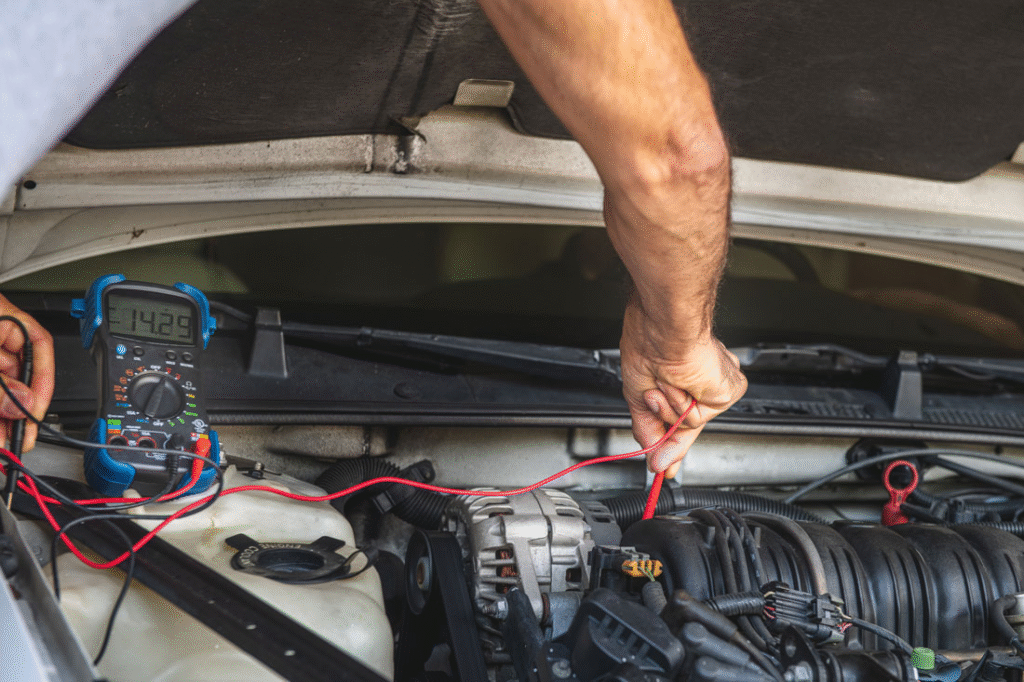
A weak battery or failing alternator can also lead to stalling. If your engine isn’t receiving enough voltage to power sensors and ignition systems, it may cut out when you slow down or stop.
Symptoms of electrical issues include:
- Dim headlights or interior lights
- Slow cranking at start
- Battery warning light on the dash
- Car stalls and restarts unpredictably
Solution:
- Use a multimeter to check your battery voltage. It should be around 12.6 volts when the car is off and 13.7–14.7 volts when running.
- If the voltage is low, get your battery and alternator tested at an auto parts store.
- Replace the battery or alternator if either is faulty.
Check the Transmission (Automatic Vehicles)

If your car has an automatic transmission and stalls when you slow down or stop, the issue could be with the torque converter or transmission fluid.
Symptoms of transmission-related stalling:
- Stalling when shifting into drive or reverse
- Hesitation or jerking when stopping
- Red or dark transmission fluid
Solution:Perform a Basic ECU Reset
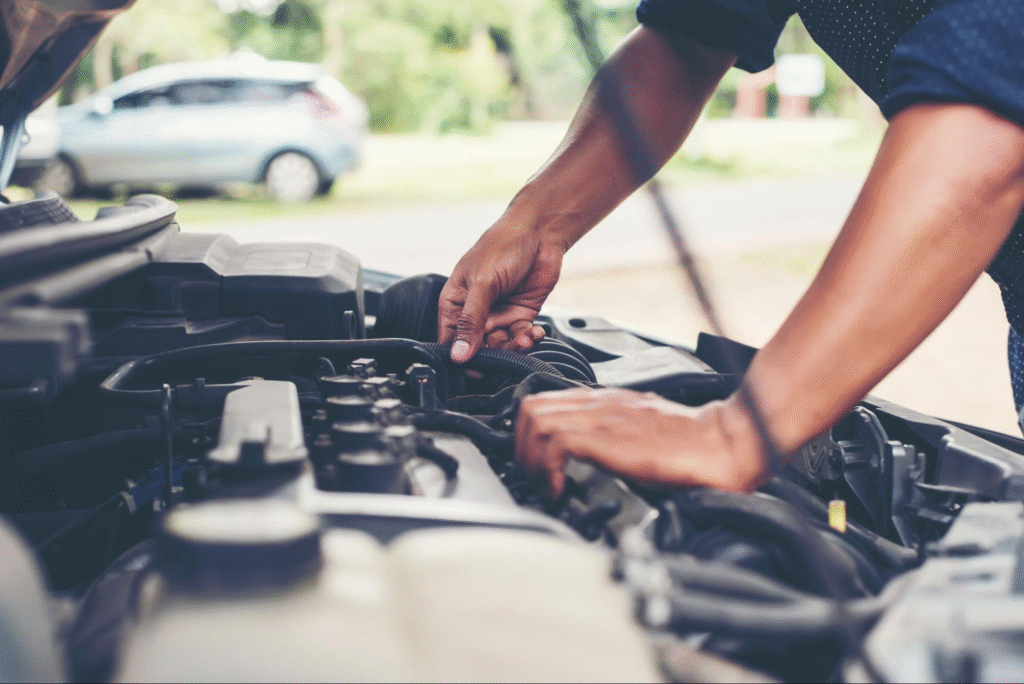
- Check the transmission fluid level and condition.
- If the fluid is low or dirty, perform a fluid change or top-up using the correct type for your car.
- If problems persist, consult a transmission specialist.
Sometimes, your car’s ECU (engine control unit) may have stored incorrect data or “learned” bad idle behavior due to long-term sensor issues.
To reset the ECU:
- Disconnect the battery for about 10–15 minutes.
- Reconnect it and allow the car to idle for a few minutes so it can relearn proper idle behavior.
- Drive the car normally for a few days and monitor the results.
Note: This won’t fix hardware problems but can help after you’ve replaced or cleaned faulty components.
Routine Maintenance Can Prevent Stalling

Here are a few simple habits that help prevent stalling issues in the future:
- Keep up with oil and filter changes
- Use high-quality fuel and additives as needed
- Replace air and fuel filters regularly
- Inspect belts, hoses, and connectors during oil changes
- Avoid letting your fuel tank run too low
- Drive smoothly and avoid aggressive braking
Conclusion
Fixing a Car That Stalls at Stop Signs – Simple Solutions. Having your car stall out at stop signs can be dangerous as well as stressful, but in most cases with a little patience and a few tools, most of these causes are very easy to identify and fix at home. Whether it’s a dirty idle air control valve, a vacuum leak, or worn spark plugs or bad sensor, these are relatively easy fixes and will get your car running like new — without an expensive trip to the mechanic.
Just start with a few easy checks first, such as cleaning sensors and tightening hoses, then progress from there. You will learn what is happening under the hood and with that knowledge will not only complete the trouble you have now, but you will also become a more confident car owner.


